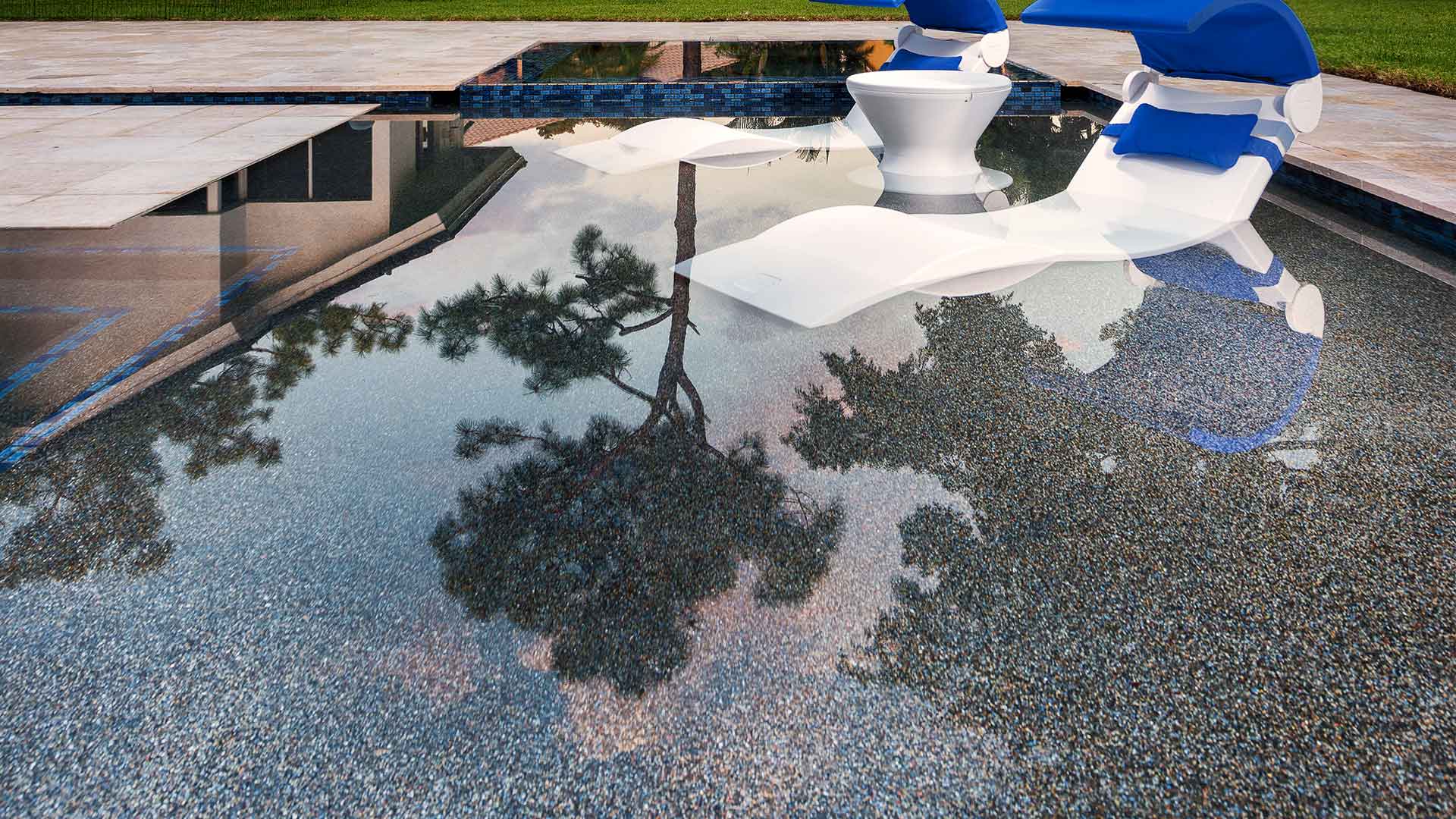Depending on the original finish type, amount of use and your level of maintenance, your pool could need resurfacing after about five to 10 years. So whether you’re beyond due or just starting to think about resurfacing, here are some breakdowns of costs, materials and timelines to consider before resurfacing your floridian pools.
Cost Of Resurfacing A Pool In Florida
Resurfacing your pool will take away the dull, cloudy, and broken look of your current pool finish. You can make the pool match your style and home’s architecture and you can also find a finish that matches your budget.
But how much each finish costs varies. Here are a few factors that will affect the price to resurface your pool:
• Size of pool and/or spa
• Materials used
• Detailed designs (ex. if the finish is installed in a specific pattern or mosaic)
The larger and more detailed your pool is, the more it will cost. But the biggest determining component with figuring out your resurfacing cost will be the type of finishing material you use.
What Is The Best Finish For My Pool?
Diamond Brite is the standard finish. The standard color options are Cool Blue, Aqua Quartz and Super Blue. Diamond Brite lasts eight to 12 years before it fades and gets spotty. We recommend acid washing this finish after about five years to keep it bright. Each style and color has a different price, but a Diamond Brite finish costs about $5,000 to $10,000. We recommend staying away from the darker colors.
The most expensive of the three options, glass tiles can give you a stunning, high-end pool finish. You can either use the tiles as accent elements along the waterline or on steps, for example, or throughout the entire pool. If you get a full-tile finish, the materials and installation will cost about the same as the entire pool. The typical cost of installing glass tiles is $30 to $50 a square foot. Glass tiles have a great lifespan, helping to offset some of the costs involved. They can get chipped and fall off, however, so they require upkeep and some re-grouting at times.
How To Refinish Your Swimming Pool
Resurfacing a pool is more than a one-day project and normally requires several experienced team members. Before any work can get started, all of the water must be drained from the pool.
The pool needs to be cleaned next and make sure any debris or dirt is removed — that includes the main part of the pool, along with pool steps and the coping, if you’re resurfacing the entire feature.
If the concrete shell has any cracks or damage, that’s a good time to prep the pool and have them repaired since it is empty: You want to ensure the pool has a solid structure before moving forward. Any blisters or hollow spots will be removed to ensure a strong bond.
With a clean palette, the crew can start to pour in and scrape the plaster until it’s spread out evenly. Then, it’s time to start adding whichever type of finish or design you chose.






